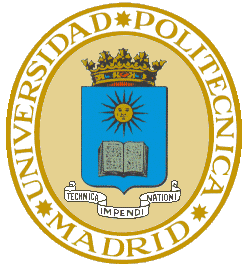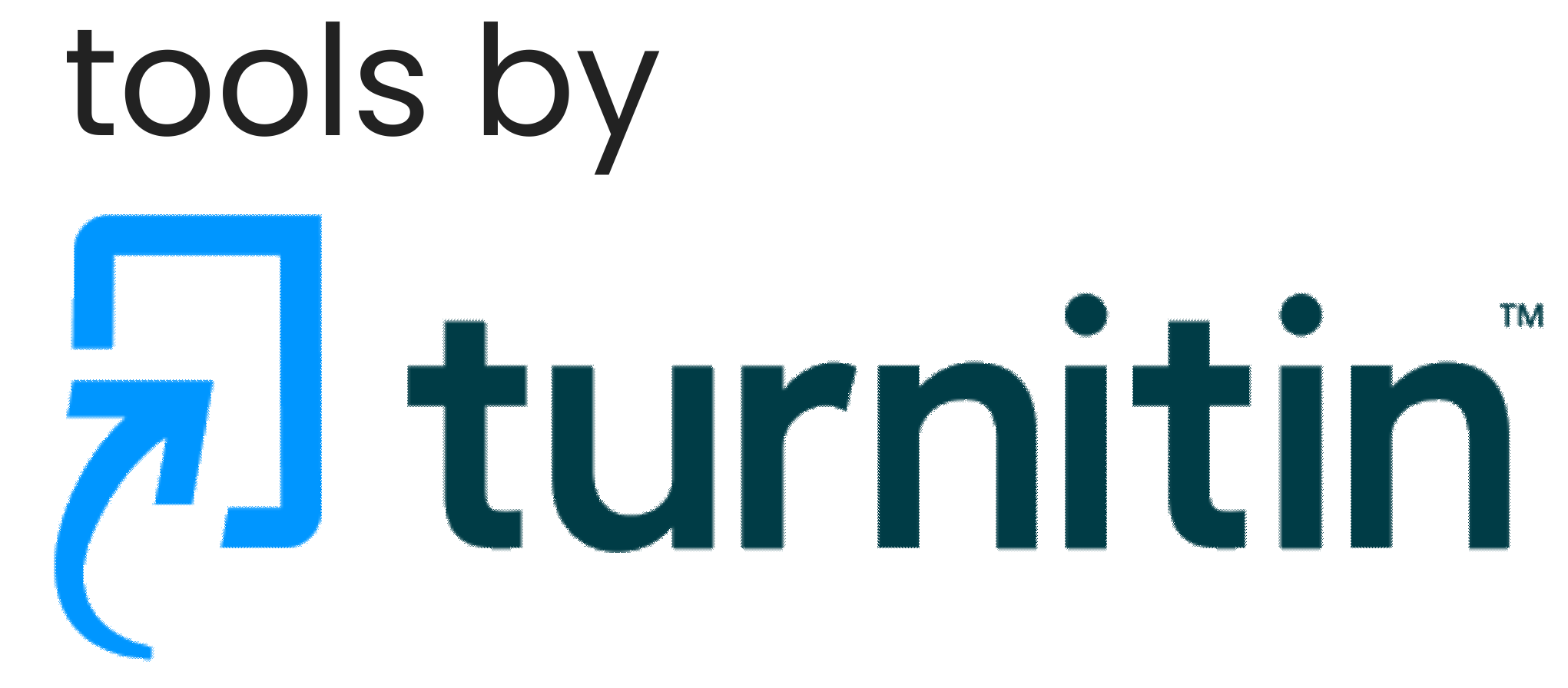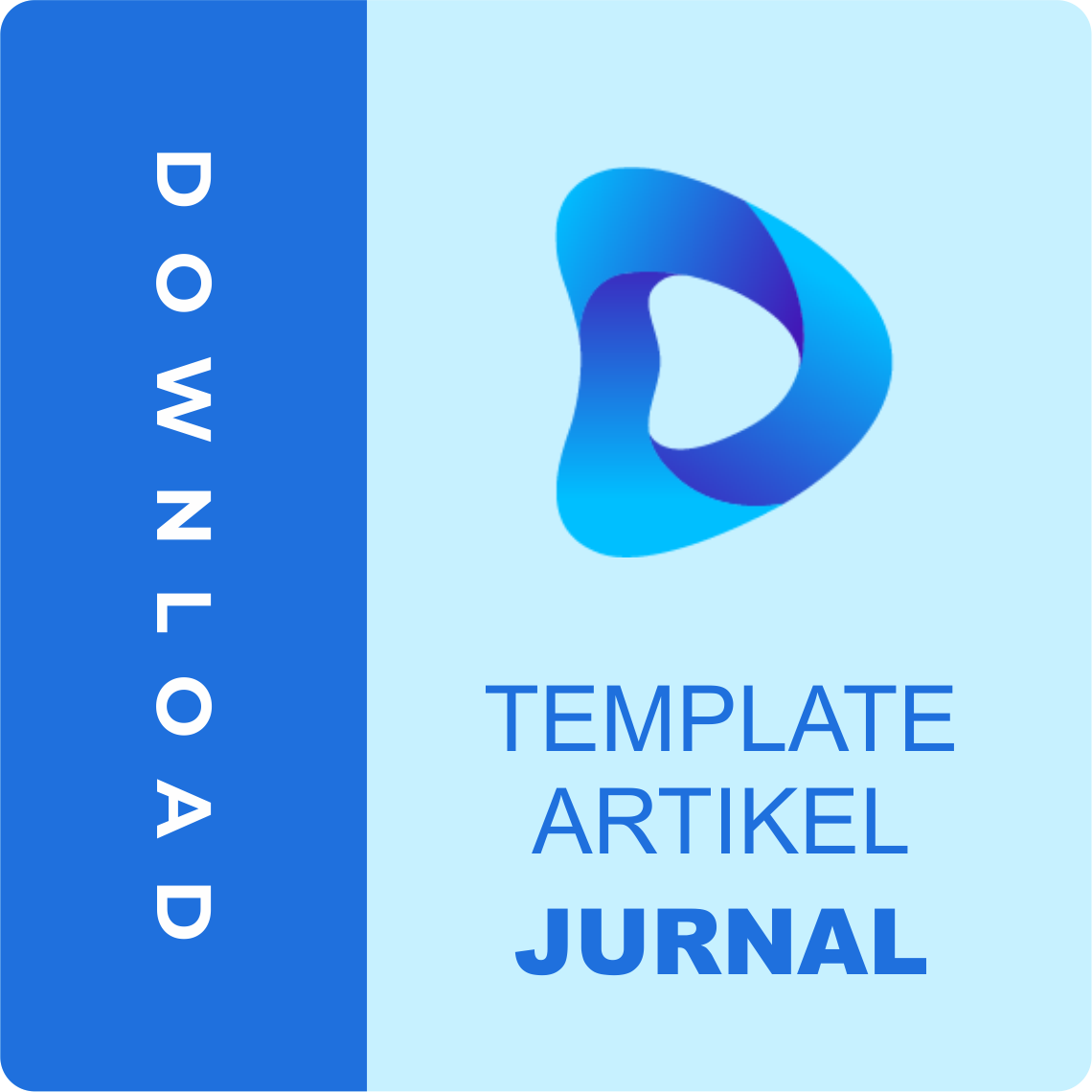Analysis of Occupational Safety Risks in Construction Projects: A Case Research of the Implementation of JSA and Hierarchy of Control
DOI:
https://doi.org/10.59188/devotion.v6i8.25514Keywords:
Construction Projects, Hierarchy of Control, JSA, K3, Occupational Safety, Risk ManagementAbstract
Occupational safety and health (K3 - Keselamatan dan Kesehatan Kerja)) is an important element that should not be ignored in the implementation of construction projects. This is due to the high level of risk in the construction industry, which is influenced by a dynamic work environment full of various activities. This research aims to evaluate the potential occupational safety hazards in construction projects using a specific approach. JSA serves as a systematic method for identifying hazards at each work stage, while Hierarchy of Control provides a structured framework for determining risk mitigation priorities based on control effectiveness levels, starting from elimination, substitution, engineering controls, administrative controls, to personal protective equipment (PPE). The research methodology uses a quantitative descriptive approach with the help of questionnaire instruments and field data. Data were analyzed using descriptive analysis, validity and reliability tests, correlation, and regression. The results of the research show that occupational safety risks in projects are relatively high, with several potential main hazards such as falling from height, being hit by materials, and contact with high temperatures. Of the 43 risk variables analyzed, 12 risks (27.91%) were included in the high-risk category and 25 risks (58.14%) were in the moderate-risk category. control is carried out through PPE and engineering control. The implementation of JSA and Hierarchy of Control has proven to be effective in identifying and lowering work risks. The conclusion of this research can be the basis for improving the K3 management system in a more measurable and sustainable direction.
Downloads
Published
Issue
Section
License
Copyright (c) 2025 Ade Adilla, Pancha Andre, Eriksa Nofta, Aryati Indah

This work is licensed under a Creative Commons Attribution-ShareAlike 4.0 International License.
Authors who publish with this journal agree to the following terms:
- Authors retain copyright and grant the journal right of first publication with the work simultaneously licensed under a Creative Commons Attribution-ShareAlike 4.0 International. that allows others to share the work with an acknowledgement of the work's authorship and initial publication in this journal.
- Authors are able to enter into separate, additional contractual arrangements for the non-exclusive distribution of the journal's published version of the work (e.g., post it to an institutional repository or publish it in a book), with an acknowledgement of its initial publication in this journal.
- Authors are permitted and encouraged to post their work online (e.g., in institutional repositories or on their website) prior to and during the submission process, as it can lead to productive exchanges, as well as earlier and greater citation of published work.













